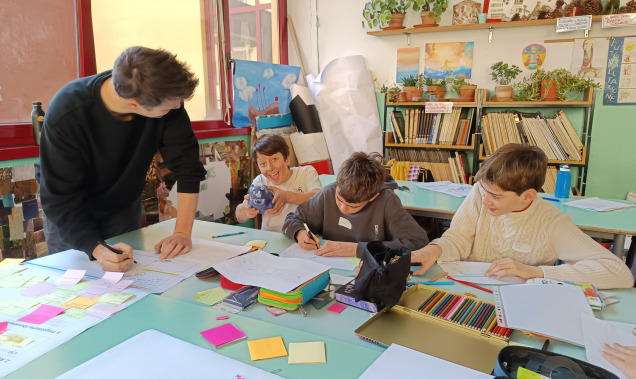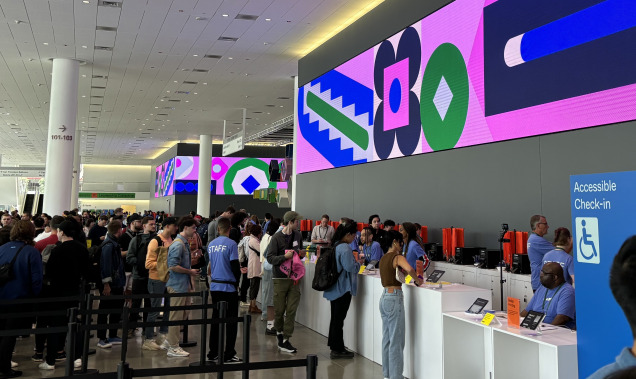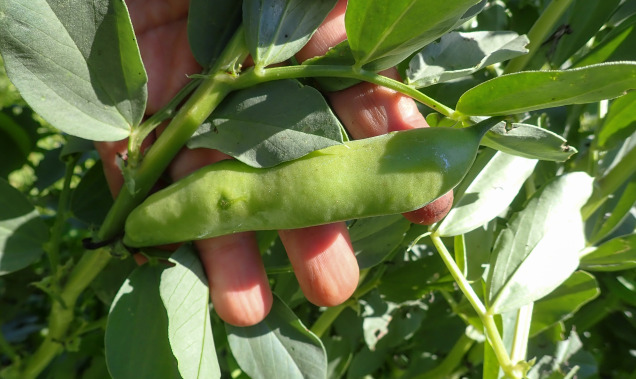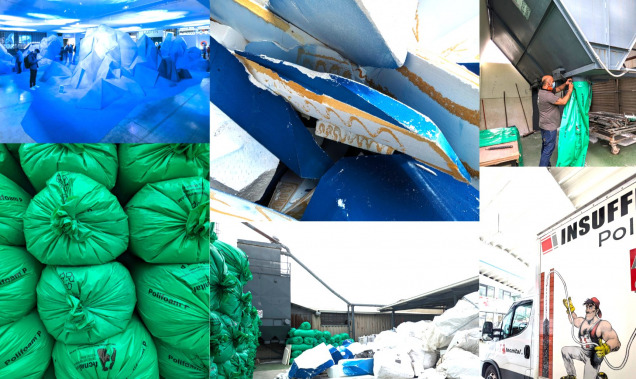Il Pane in Pentola
Why is the no-knead bread technique for baking bread at home a design matter?
We hosted a workshop on breadmaking at our Kitchen as part of the DFood initiative During Milan Design Week 2019. Our Food Lab Manager Federico Casotto with Davide Longoni, one of the most appreciated and far-sighted bakers in Milan, presented the no-knead bread technique for making bread at home.
Formalized by an American baker, Jim Lahey, it’s still little known in Italy. The simple technique adapts perfectly to the accelerated pace of our lives. It does not require special technologies. The outcome is delicious and authentic bread and fragrant flows of satisfaction all around the house.
The key aspects of the technique are:
- no need to knead, just mix the flour with water, making sure that all the flour is wet
- long or very long leavening, very little yeast, even just one gram per 1000 g of flour
- a lot of water, from 700 to 800 ml
- baking in a cast iron saucepan like Le Creuset previously heated at 250° celsius
We baked some 27 kg of bread during the 2-hour-long workshop, using
- 18 kg of dough that Federico had left to rise the night before with1 g of dry yeast per 1 kg of organic semi-whole-meal flour from a local farm
- 9 kg of dough made by Davide Longoni with about 20% of sourdough, leavened during the night in his bakery in Via Tiraboschi, near Porta Romana in Milan
The participants were asked to contributed to the final – and most critical – stages of the preparation. After being raised, the dough is very soft and sticky and seems impossible to handle. The first time you usually think you have made something wrong. The demonstration of how to manage this phase made all the participants confident enough to replicate the process at home. To reinforce their will to do that we offered a rich aperitivo to be paired with the freshly baked bread.
x
Why making bread in a design studio during Salone del Mobile?
Had we presented a new bread machine, a kitchen appliance which is present in many households, no one would have been surprised, because the bread machine can be easily considered as a design matter.
But wait: is there a big difference between the bread machine and the no-knead technique from a design perspective?
Designing a bread machine would include designing the shape of the appliance, of course, but also designing the functional and emotional interaction between the device, the user, other tools involved in the process and the space where the process happens: switching on, setting, pouring, dosing, cleaning, the pleasure of using that device, the pride of self-production etc. Strictly speaking, we should define the bread machine as a complex apparatus that includes a set of tools, a series of practical instructions for making bread and managing the tools and a set to aspirations to fulfill.
As it turns out, you could say the same of the no-knead bread technique. This technique could be defined as a complex apparatus too, including a set of tools (the home oven and the cast iron pot), a series of practical instructions and a set of aspirations.
Thereby, there is no substantial difference between the bread machine apparatus and the no-knead bread apparatus. Both are designed for the same purpose: helping people make bread at home in a way that is easy and compatible way with their busy life. Why then should we consider the former a design matter and the latter not?
The event was generously supported by Le Creuset, producer of the renowned enameled cast iron cookware.





